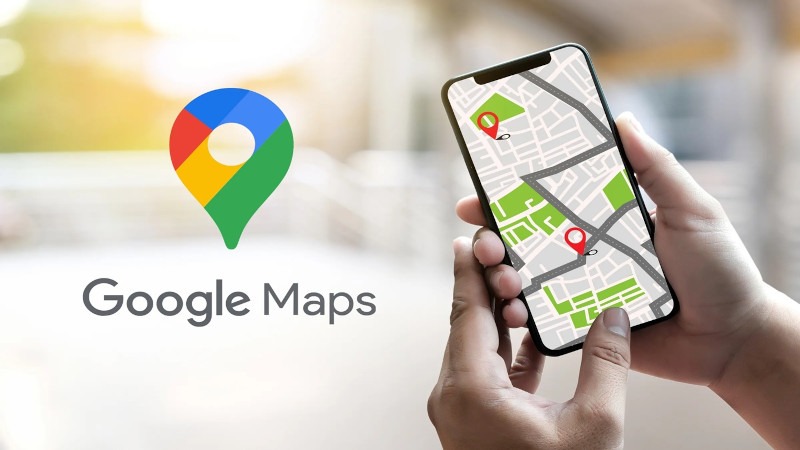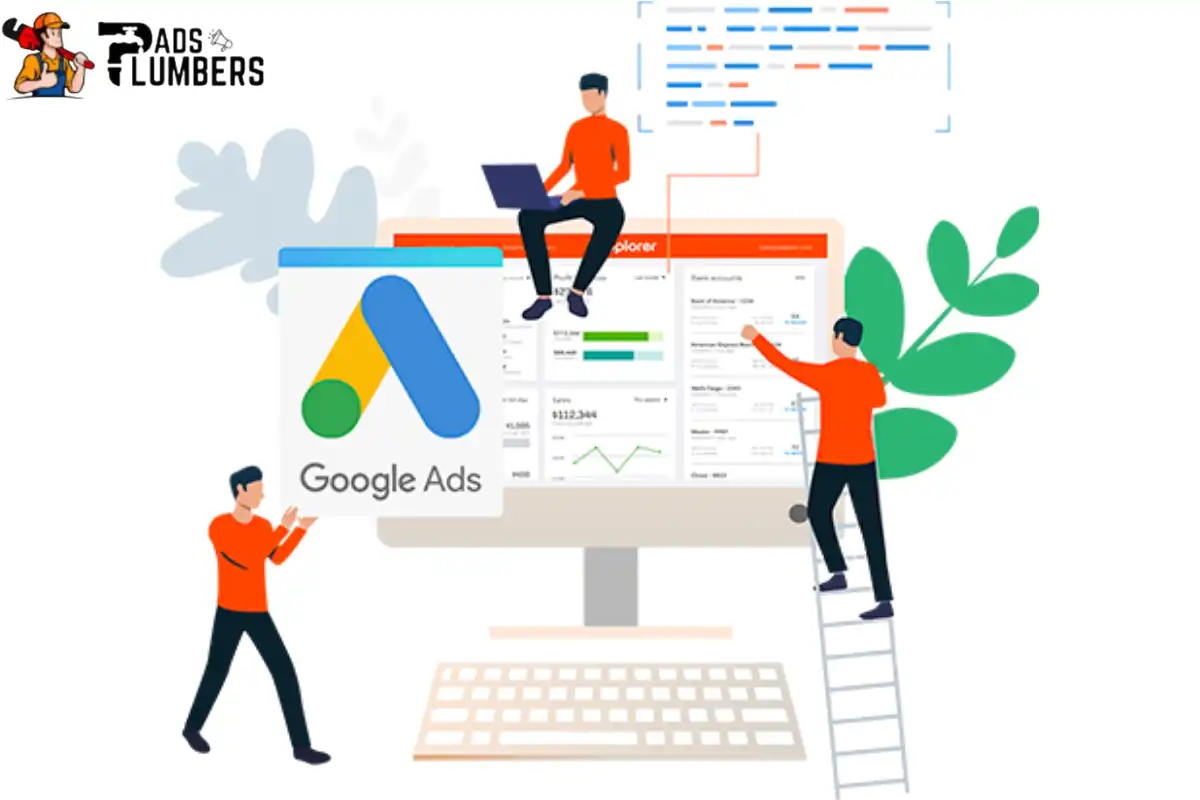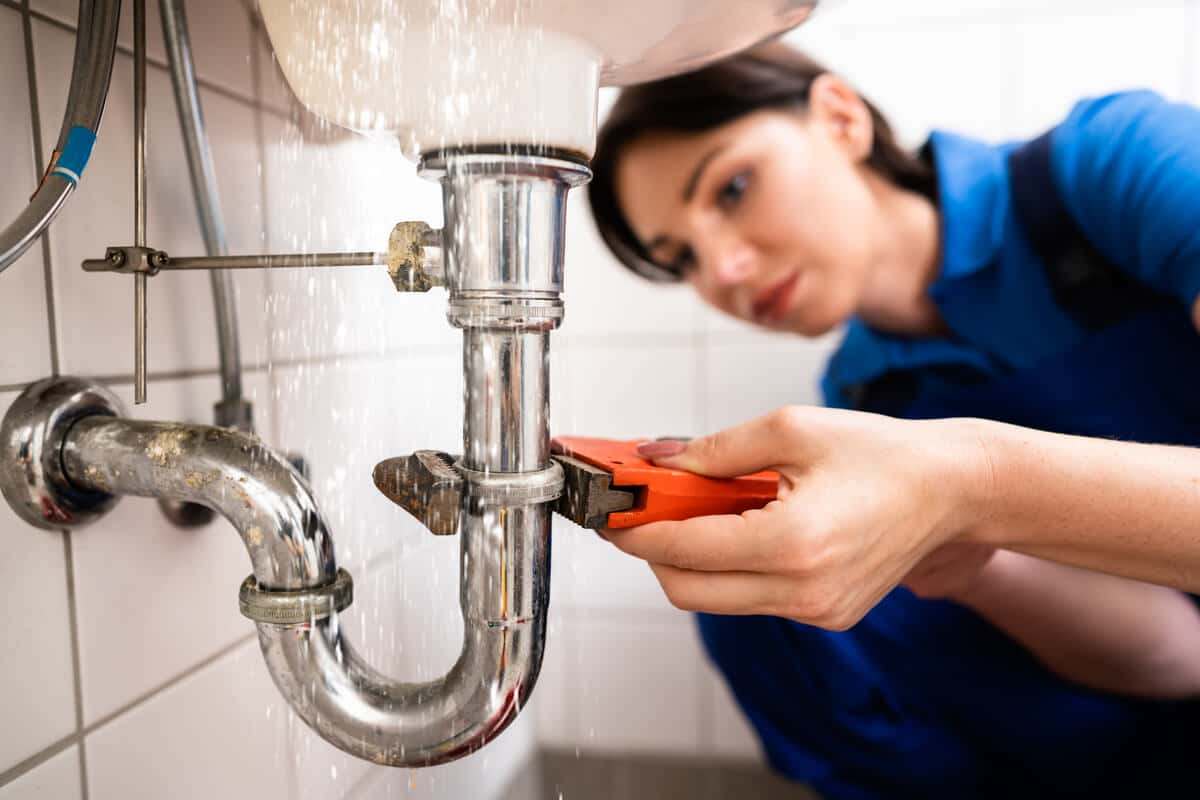Many plumbers believe that simply running Google Ads will get them to the top of local search results, including Google Maps. While ads are a powerful lead generation tool, ranking on Google Maps (Local Pack) follows a completely different set of rules. It’s frustrating when your business is pouring money into ads but still not appearing in Google’s top map results. This article will walk you through why plumbers often don’t rank on Google Maps even while advertising, what you can do to fix it, and how to build a long-term strategy that combines paid ads with solid local SEO.
Understanding the Difference Between Google Ads and Google Maps Listings
Before diving into the reasons, it’s important to understand the structural difference between the two.
| Google Ads | Google Maps (Organic Local Pack) |
| Paid advertising platform | Organic (free) local SEO results |
| Instant visibility (while paying) | Long-term earned visibility |
| Doesn’t influence map ranking | Based on relevance, distance, and prominence |
| Managed via Google Ads dashboard | Managed via Google Business Profile |
Running ads can temporarily put your listing at the top of search results, but Google Maps listings are driven by local SEO, reviews, and business signals, not your ad budget.
1. Google Ads and Google Maps Use Different Ranking Algorithms
The most important thing to understand is that Google Ads and Google Maps operate independently. While you can run Local Services Ads that appear above the map pack, they don’t directly influence your organic ranking inside the Maps section.
Key Differences:
- Ads are driven by bidding, budget, and quality score.
- Maps rankings are based on relevance, distance, and prominence.
Example:
A plumbing company running $1,000/month in ads might still rank below a local competitor with no ads but with a solid Google Business Profile and better reviews.
2. Incomplete or Unverified Google Business Profile
Even if you’re running ads, an incomplete or unverified Google Business Profile (GBP) can hurt your Maps presence. Google uses this listing to determine your business’s credibility and relevance.
Common Issues:
- Missing hours of operation
- No service area defined
- Lack of photos or service descriptions
- Unverified profile
What to Do:
- Log in to your GBP dashboard.
- Verify your business.
- Fill out every section (services, business description, FAQs, etc.).

3. Low Review Count or Poor Ratings
Reviews are one of the top-ranking factors for Google Maps. Running ads won’t help if your competitors have better ratings and more frequent reviews.
| Review Metrics That Influence Rankings | How They Impact Visibility |
| Number of reviews | Boosts credibility |
| Average star rating | Impacts ranking & trust |
| Keywords in reviews | Affects relevance |
| Business owner responses | Shows engagement |
4. Ads Lead to Clicks, Not Organic Authority
Google Ads generate traffic, but they do not boost organic authority. Your website’s SEO score, backlink profile, and relevance to local searches all play a huge role in Maps rankings.
Even if you’re getting hundreds of ad clicks, that won’t influence your local pack rankings unless:
- You get organic traffic.
- You improve your NAP citations.
- You build quality backlinks.
- Your site has a good local SEO structure.
5. Inconsistent NAP Citations Across the Web
NAP = Name, Address, Phone number. If this info is inconsistent across local directories, Google may not trust your business data and might not display it prominently on Maps—even if you’re paying for ads.
Example of Bad NAP:
- Website: “ABC Plumbing Co.”
- Yelp: “A.B.C. Plumbing”
- Google: “ABC Plumbing LLC”
This confuses search engines.
Fix It With a Citation Audit:
| Directory | Current Listing | Need Update? |
| Yelp | ABC Plumbing | No |
| Yellow Pages | ABC Plumbing Co. | Yes |
| ABC Plumbing & Heating | Yes | |
| BBB | ABC Plumbing LLC | Yes |
Use tools like Bright Local, Moz Local, or Whitespark to fix citations.
6. Poor Local SEO Strategy on the Website
Your Google Ads are pointing traffic to your site but does your website speak to local customers and Google crawlers?
Signs Your Local SEO Is Weak:
- No city/service area pages
- Lack of local keywords (e.g., “emergency plumber in Austin”)
No embedded Google Map - No schema markup for local businesses
Quick Wins:
- Create pages targeting specific suburbs.
- Add customer testimonials with city names.
- Include service area maps and location-based FAQs.
7. You’re Outside the Search Radius
Even if you’re running ads, if the user is far from your verified location and you haven’t properly set service areas, you’ll struggle to appear in Google Maps.
Example:
You’re located in Houston but serve Sugar Land, Pearland, and Katy. If your GBP only lists “Houston” as your service area, people searching in Katy may not see you in the Maps results.
Fix:
- Update your service areas in your Google Business Profile.
- Add multiple location-specific landing pages to your website.
8. No Google Posts or Engagement
Running ads may bring temporary attention, but Google prefers businesses that actively engage In their GBP.
GBP Engagement Tactics:
- Weekly posts (offers, tips, updates)
- Adding fresh photos/videos
- Answering FAQs
- Responding to all reviews
Why It Matters: Active engagement signals to Google that your business is real, responsive, and deserving of better visibility.

9. Competitors Are Doing Local SEO Better
Let’s say you’re spending on ads but still not showing up in Maps. Your competitors may be dominating the local SEO game while spending little to nothing on ads.
Check Their Strengths:
- Do they post regularly?
- How many reviews do they have?
- Is their website optimized for local search?
- Do they have backlinks from local directories or blogs?
Competitor Comparison Table
| Factor | Your Business | Competitor A | Competitor B |
| Google Reviews | 15 (4.1 stars) | 70 (4.8 stars) | 95 (4.9 stars) |
| Google Posts (per month) | 0 | 3 | 5 |
| City-Specific Web Pages | 1 | 5 | 8 |
| Backlinks from Local Sites | 2 | 15 | 20 |
Solution: Benchmark and replicate what they’re doing well.
10. You’re Violating Google’s Guidelines
Even minor violations in your GBP could suppress your Maps visibility regardless of your ad budget.
Common Violations:
- Using fake addresses or P.O. Boxes
- Keyword stuffing in business name (e.g., “Best Plumber in Dallas | 24/7 Service”)
- Using multiple listings for the same business
- Misleading categories
Fix:
- Review Google Business Profile Guidelines
- Remove extra listings
- Clean up your business name and categories
Bonus Tips: Combining Ads + Maps Effectively
Now that you understand why your business might not rank organically despite advertising, let’s explore how you can combine both strategies for maximum impact.
Top Recommendations:
- Use Local Services Ads (LSAs): These do show above Google Maps and boost credibility.
- Optimize your GBP and website simultaneously: Don’t rely on ads alone.
- Target location-specific keywords in ads: Increase quality leads.
- Track leads separately from Maps and Ads: Use call tracking tools like Call Rail.
Final Thoughts
Google Ads are powerful, but they’re not a shortcut to appearing on Google Maps. If you’re a plumber investing in ads but not seeing organic visibility, it’s likely because you’re missing key local SEO elements like reviews, optimized profiles, or consistent citations. Don’t fall into the trap of relying solely on paid traffic. Your ideal strategy is to run Google Ads while simultaneously optimizing your business for Google Maps, ensuring long-term visibility and trust. The combination will generate more leads, build credibility, and make your marketing efforts more sustainable. If you’re unsure how to get started, consider partnering with local SEO experts or agencies that understand the plumbing industry and can tailor strategies specifically for you.
FAQs
No. Google Ads and Google Maps have separate ranking systems. Ads give you paid visibility, while Google Maps rankings are driven by organic local SEO.
Those plumbers have likely invested time in optimizing their Google Business Profile, collecting reviews, and performing strong local SEO.
Not directly. You can pay for ads (including LSAs), but organic Maps rankings must be earned through trust signals like reviews, accurate data, and website authority.
It depends on your competition and optimization efforts. You could start seeing results in 1–3 months with consistent local SEO and engagement.
Use automation tools like Podium, and Nice Job, or simply ask customers via text/email with a direct Google review link after each service.





